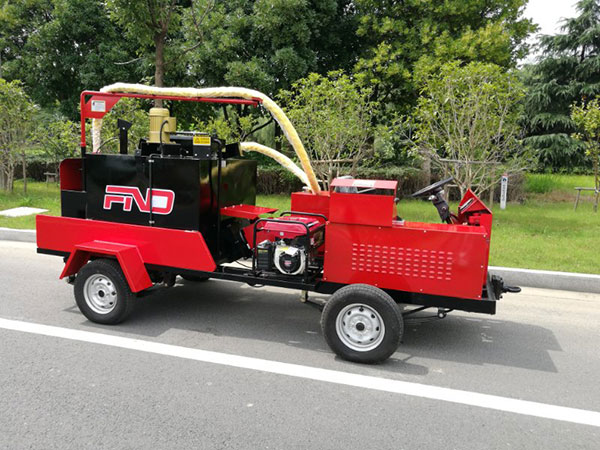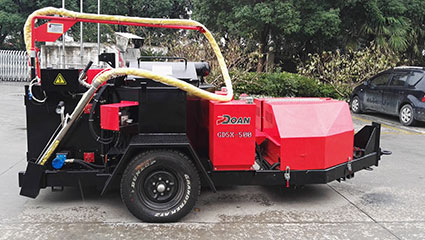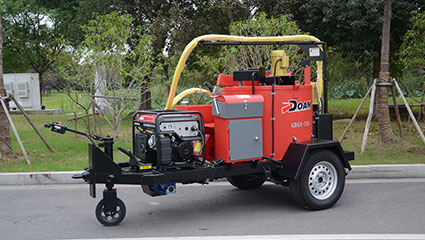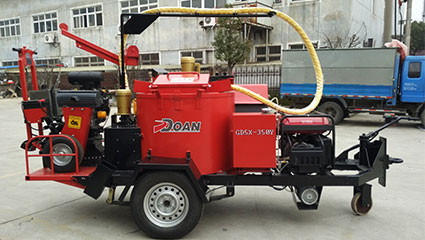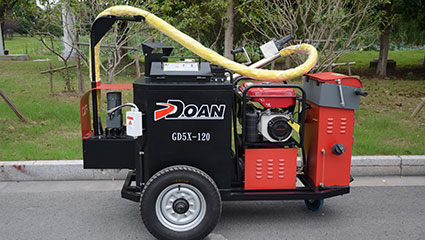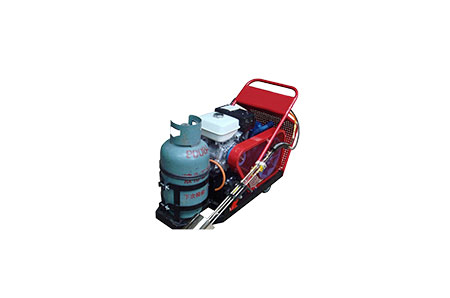Transverse asphalt cracking usually occurs when the asphalt is exposed to cool or declining temperatures before it has completely hardened and while the hot asphalt mixture is still warm; this is why it is also referred to as thermal cracking in asphalt pavement.
As the temperature in the climate decreases, the asphalt begins to tighten and then it contracts and shrinks and this causes it to crack in a pattern that is perpendicular or transverse to the pavement’s centreline. Transverse cracking is most noticeable on concrete pavement that gets a high level of daily traffic. Cool temperatures cause the thermal cracking in asphalt pavement and the constant weight and pressure from overuse and moving vehicles worsens it.
Transverse asphalt cracks starts on the surface of the pavement and then gradually sinks deeper and deeper below the surface if the transverse cracks are not immediately repaired. Weather changes and climate change will worsen further. As with heavy snow and rain, precipitation can lead to more severe erosion of cracks over time, which is why proper positioning of the new layout of the asphalt and to ensure that the application of hot asphalt mixture to withstand the applicable climate.

